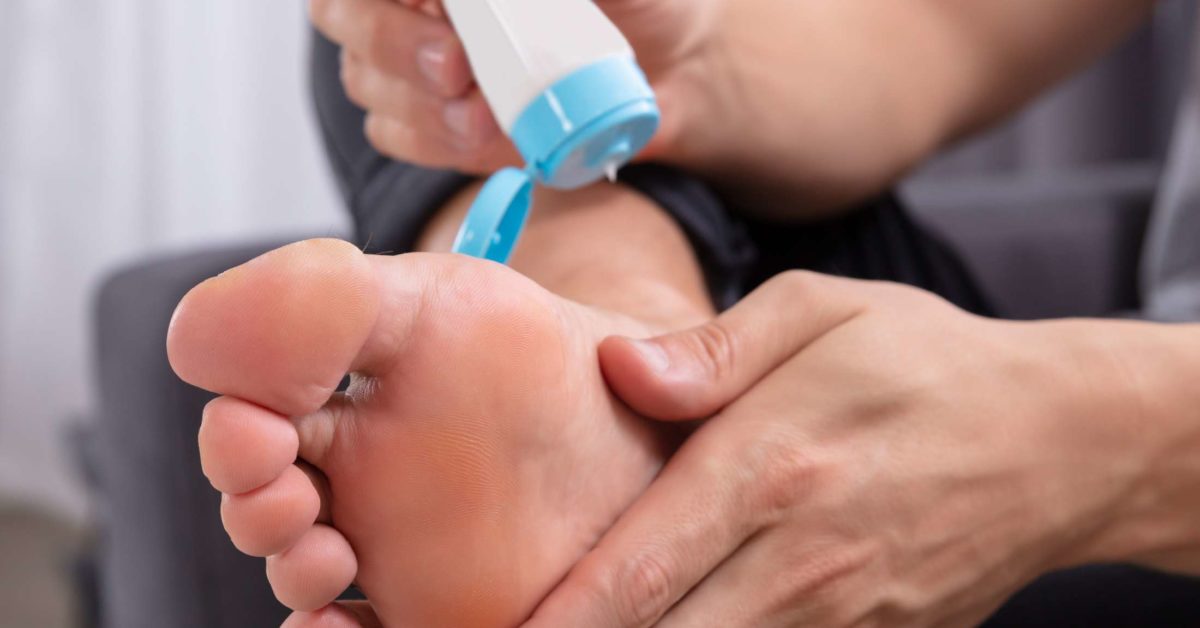
Plain petroleum jelly or mineral oil can be used as an inexpensive and effective moisturizer, although less greasy creams are more appealing to most people. An oil-based protective emollient should be applied immediately after thoroughly pat-drying oneself with a towel. Small quantities of a mild oil-based soap or soap substitute (e.g., Spectro Jel 609) are preferable to irritating shower-room soap solutions. Management: Xerosis can be prevented by limiting immediate post-swim showers to quick rinse-offs, preferably in lukewarm or cool water. 1 Xerosis is exacerbated by the long hot showers that swimmers are notorious for taking, as well as by long soaks in Jacuzzis and hot tubs.
Swimmers itch feet skin#
Dilution and melting of the natural protective skin sebum leads to moisture loss from the stratum corneum, which results in a dry, scaly, itchy skin. An antibiotic or another medicine may be necessary.Swimmer's xerosis: Swimmer's xerosis, or dry skin, is common among swimmers. If you suspect your child has developed any of these conditions, be sure to consult your pediatrician, primary care physician, dermatologist or pediatric dermatologist. So be sure to have fresh clean towels on hand, and make sure your kids know to grab their own when they climb out of the pool.įind more details and photos of common rashes and infections so you know what to look for. So can the viral infection molluscum contagiosum, which often appears as clusters of pink or flesh-colored bumps.

Impetigo, a bacterial infection that causes crusty sores or blisters, can be transmitted through towels. But swimmers beware - towels can be another breeding ground for viruses and bacteria. When it’s time to dry off, kids often grab for the closest towel.

A moist environment encourages growth of the fungus, and dry feet can help prevent an infection. Have your child wear flip flops on the pool deck whenever possible to avoid the cracked, itchy skin that can plague the skin between the toes, and remind your child to dry his feet after a swim. The fungus that causes athlete’s foot is known to thrive in the perimeter of the pool area, too. But few people think of catching this highly contagious fungal infection once they’re inside the pool area.

Bare feetįlip flops are the footwear of choice for dodging athlete’s foot infections in gym showers and locker rooms. Until a scrape or cut heals, it’s best to avoid swimming anywhere but in a well-maintained pool. These rashes typically appear as reddish bumps or pimples that may itch, burn or blister.

While most people are careful to disinfect a new wound, the risk of infection remains even days later when open skin meets open water.īacteria, parasites or viruses lurking in lakes, ponds, the ocean or even insufficiently chlorinated pools or hot tubs can enter breaks in the skin and increase the risk of “swimming skin infections,” such as swimming pool granuloma, “swimmer’s itch,” “seabather’s eruption,” and pseudomonas dermatitis (sometimes called “hot tub rash”). Skinned knees are practically a badge of summer. Experts in CHOP’s Dermatology Section share some things to watch out for to prevent some common summer skin infections. One favorite summertime activity, swimming, presents some hidden hazards that can put your child at risk of developing a rash or skin infection. We’re sure you’re wearing your sun protection and remembering to reapply - but did you know that sunburn is not the only threat to your skin in the warm weather months?


 0 kommentar(er)
0 kommentar(er)
